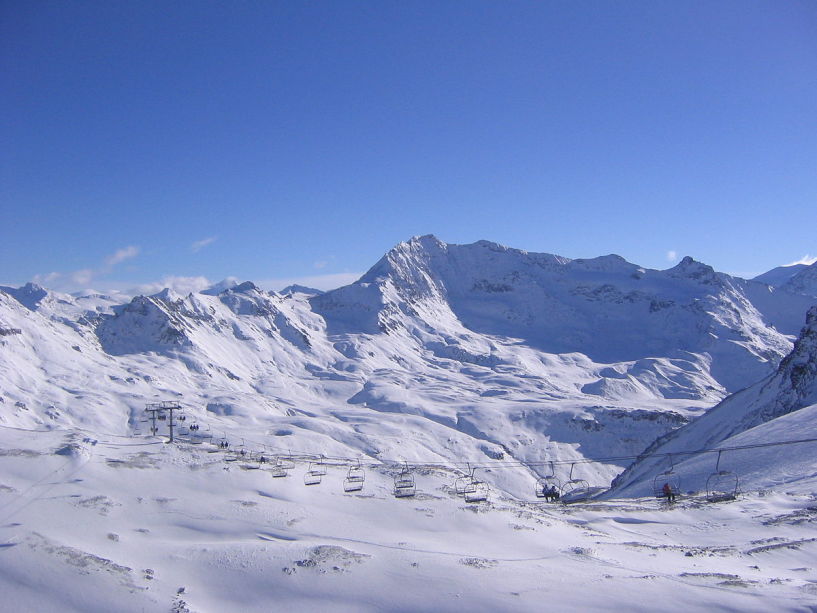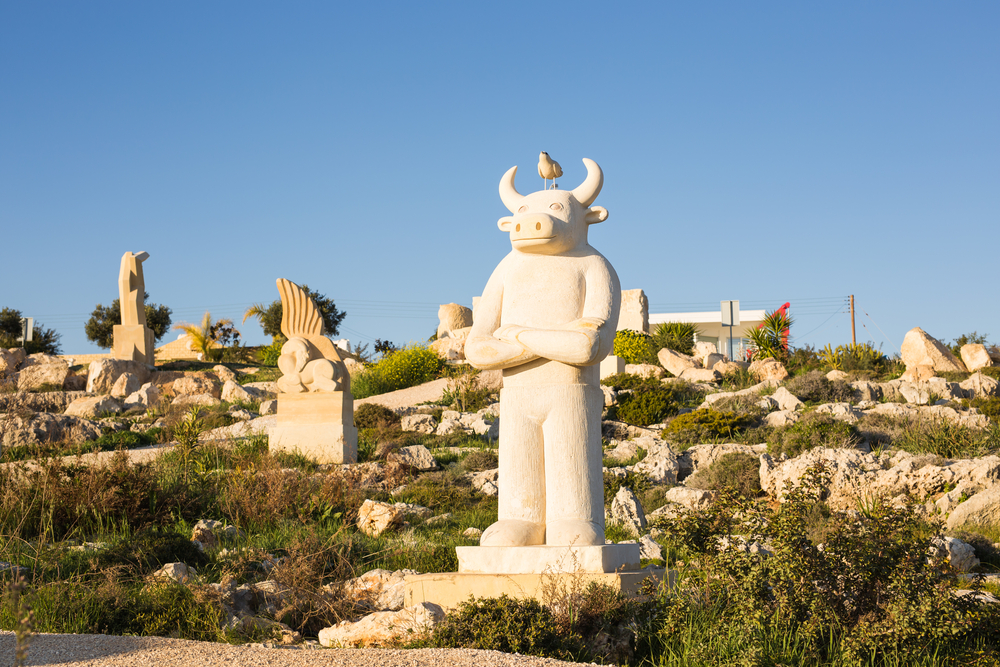When you look at the tiny alpine commune of Tignes today, you might not realise that you’re gazing upon the new version of a town that was completely wiped from the landscape in 1952. The popular ski resort that hosted parts of the 1992 Winter Olympics was once located further down the slope, nestled in the Isère valley.
Unfortunately for the Tignes of the past, post-WWII France desperately needed more sources of electric power. Against the protest of locals, an enormous hydro-electric dam was constructed in the valley between 1948 and 1952, which resulted in the complete flooding and submersion of the town of Tignes. For the greater good of France, Tignes was drowned.
A New Start
But the people of Tignes didn’t leave. After the opening of the dam and the loss of the old village, it was decided to develop a ski resort further up the slope near Lac de Tignes. This is the resort that visitors to Tignes see today.
Tignes is made up of five separate but connected villages: Val Claret, Tignes le Lac, Le Lavachet, Tignes Les Boisses and Tignes-les-Brévières. The first four villages were built during dam construction or ski resort development, but the latter is an old village with a distinctly different look from its neighbouring settlements. All of the villages offer convenient access to the slopes, however!
Ski in Tignes All Year Round
At 3456 metres, the resort is snow-sure almost all year round, from early October to May. The Grande Motte glacier, which overlooks Tignes, guarantees plenty of skiable territory even as the weather warms. And just in case, the resort has over 100 snow cannons to ensure plenty of powder!
How to Get to Tignes
By air, the village of Tignes is only a hop, skip and jump from London. A flight from London to the most convenient airport, Geneva International, takes only 90 minutes. Geneva airport transfers are readily available through Shuttle Direct to take travellers up to Tignes, which is located in the heart of the Vanoise National Park. The road to Tignes is winding, steep and can be difficult to navigate, especially in winter, so trust the driving to an experienced, professional driver who can get you from Geneva to Tignes in three hours or less. Sit back and enjoy the scenery, and let Shuttle Direct handle your your transport!
If you’re into road-tripping, Tignes is within driving distance of London. The 700-mile drive can be done is two six-hour days, and rewards intrepid travellers with spectacular views and scenery along the way. Remember that you’ll have to cross the Eurotunnel, which charges a minimum of £23 per car each way through. Also keep in mind that drivers in France must keep a breathalyser, reflective jacket and warning triangle in their vehicles at all times, and British cars will need headlamp beam deflectors. As always before travelling anywhere, it pays to do your research!
Where to Stay:
Hotel Lavachey – This ski-in, ski-out hotel earns top marks for location, convenience and value. The Hotel Lavachey is furnished in warm red and magenta tones, with wood accents reminiscent of the alpine forests. Each reasonably-priced room has a view of either the mountains or the charming village of Tignes.
Hotel Le Refuge – True to its name, the Hotel Le Refuge is a warm, comforting refuge from the cold mountain slopes. Clean and crisp rooms welcome tired skiers with cosy quilts and plush easy chairs. The panoramic dining area offers spectacular views of the lake and Grande Motte glacier, inviting guests to linger a while with a hot drink.
Hotel Les Suites du Montana – This five-star hotel consists of five separate chalets, creating a luxurious little hamlet at the foot of the ski slopes. Furnished in the style of a tradition ski chalet, the rooms at the Hotel Les Suites du Montana are done up in cosy fabrics, alpine wood panelling, and mountain-inspired accents. For the discerning ski holidaymaker, this chalet is the perfect combination of rustic atmosphere and luxury.




